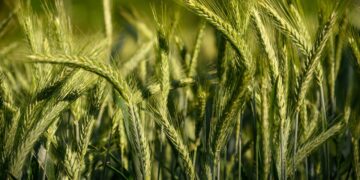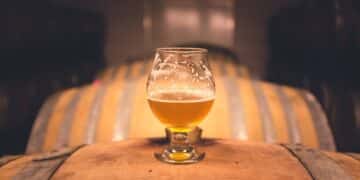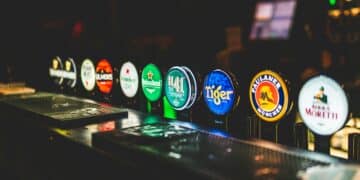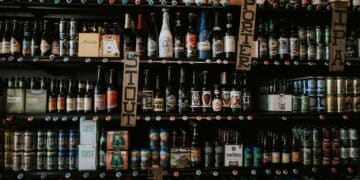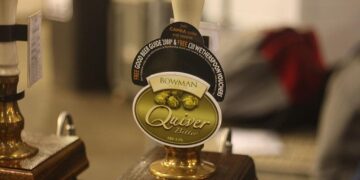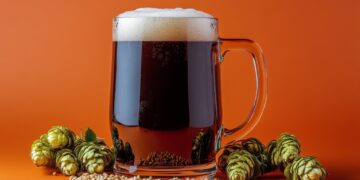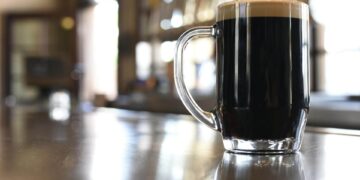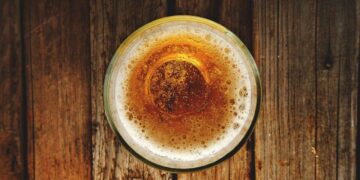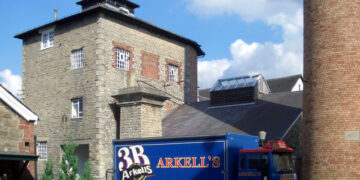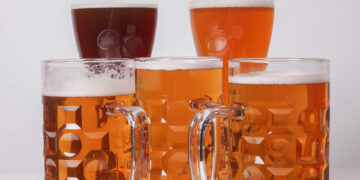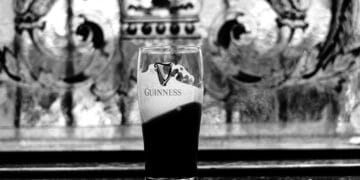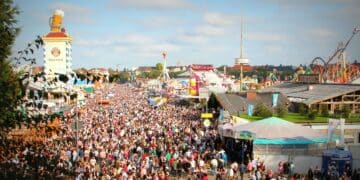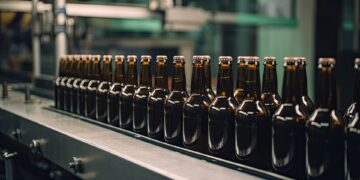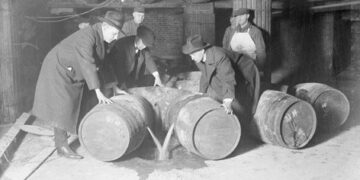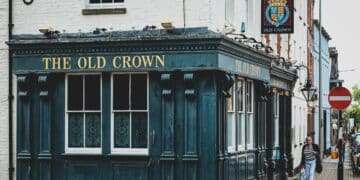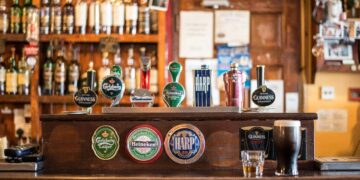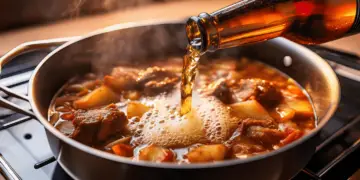Throughout history different regions of the U.K. have been known for brewing their own specific types of beer. Although regional differences have largely faxed out over time, with many British brewers now brewing beer varieties traditionally brewed abroad, some of these regional traditions hold up, and it is often felt that there is something to be said for enjoying, for example, a ‘Porter’ brewed in London, or a pint of ‘Best’ bitter brewed in Yorkshire. The development of beer in Britain reflects both the separation and coming together of different regions and nationalities over a history that spanned industrialisation, empire building, devolution and globalisation.
Although there have always been exceptions to rules, it is possible to broadly attribute certain beers to certain regions. These regions will be where the beer was first brewed and was initially best known. Local affiliations often grew up around locally produced beer, although some beers gained national and international reputations.
Regional Differences by Example
The Black Country: Being a traditional industrial area, the ‘Black Country’ (so called because of the blanket of smog that prevailed over both Wolverhampton and other parts of the West Midlands at the height of mechanical production) is traditionally known for its dark ‘Mild Ales‘, consumed by workers to quench thirst and heighten spirits. This region is still home to Mild Ales, with Wolverhampton and Dudley breweries, established in 1890 producing a range of Mild’s alongside stronger paler ales.
Kent, Surrey and Sussex: Kent is well known for full flavoured hoppy ales as it has an ideal climate for hop growing. Hop farming itself has dwindled over the last fifty years, but brewing traditions continue with the production of beers such as ‘Fuggles Ale’ made from the famed ‘fuggles‘ hop variety. The Whitstable brewery in Kent produces a wide range of traditionally brewed beers from Kent and around the world, including white beers with fruit additives and a genuine oyster stout. Surrey is famed for the Hogs Back brewery in Tongham (just outside Guildford), which brews the award winning ‘TEA’ (or Traditional English Ale). Sussex, like Kent and Surrey is well known for a light and aromatic bitters such as Harveys and Flowers.
London: London is well known for ‘Porter’, which was first brewed in the East End in the 1700’s. Stout is a dark variety of Porter, although it is now most associated with Ireland. Fullers still brew in London and are famed for a host of award winning brews. The East London based Pitfield Brewery has in recent years moved out of London due to the sky high costs of rental, however, they still brew to their high craft standards and produce stout, a number of bitters, and an organic lager.
Scotland: The Caledonian Brewery, situated in central Edinburgh, is widely attributed as the first regional brewery to reshape the image of Scottish beer. It produces (amongst other beers) Deuchars IPA (see related article: Beers Worth Staying in For ), an Indian Pale Ale, which would traditionally brewed in first in London,, and then in Burton on Trent. Indian Pale Ale is very high in hop content, and marks a departure from traditional Scottish beers such as Mild, Strong and Heavy Ales, which are traditionally low in hops, dark in colour and bitter in flavour. However, traditional Scottish ales still exist, such as Belhaven Scottish ale, which has been brewed since 1719.
This selection of regions, which is by no means comprehensive, illustrates that though many regional differences still apply throughout the U.K., there is a breakdown in regional variations with the increased prosperity and independence of regions such as Scotland, leading to changes in brewing methods, whilst the end of Imperialism and globalisation leads to a situation where many English breweries brew continental style beers, whilst traditionally English beers such as IPA and stout are imported from Ireland and Scotland.



